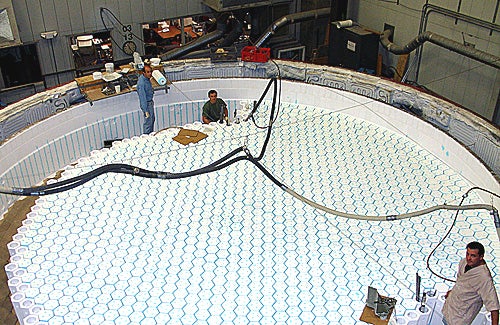Some of the world’s leading research institutions are developing the Giant Magellan Telescope (GMT) — a state-of-the-art,d next-generation instrument. This international collaboration has gained another member: The Australian National University.
“The addition of the Australian National University to the GMT consortium is the most recent indication of the momentum that the project is generating,” says Wendy Freedman, chair of the GMT board. “We all share a common goal of probing the most important questions in astronomy facing us over the next generation — the mysteries of dark energy, dark matter, and black holes, the birth of stars and planetary systems in our Milky Way, the genesis of galaxies, and much more.”
The GMT is likely to be among the first of the next-generation Extremely Large Telescopes (ELT) to reach first light in the next 2 decades. The GMT will produce images up to 10 times sharper than the Hubble Space Telescope. The first of seven 27-foot (8.4 meter) mirrors for the scope has been cast and will be polished soon.
Other consortium members include the Carnegie Observatories, Harvard University, Smithsonian Astrophysical Observatory, University of Arizona, University of Michigan, Massachusetts Institute of Technology, University of Texas at Austin, and Texas A&M University.
The GMT group plans to reach first light in 2015, with overall construction completed in 2016. When operating, the instrument will investigate star birth, planetary-system formation, black holes, and the birth of galaxies in unprecedented detail. ELTs yet to begin construction include the Thirty Meter Telescope, Giant Segmented Mirror Telescope, Very Large Optical Telescope, Euro50, and the OverWhelmingly Large Telescope.










